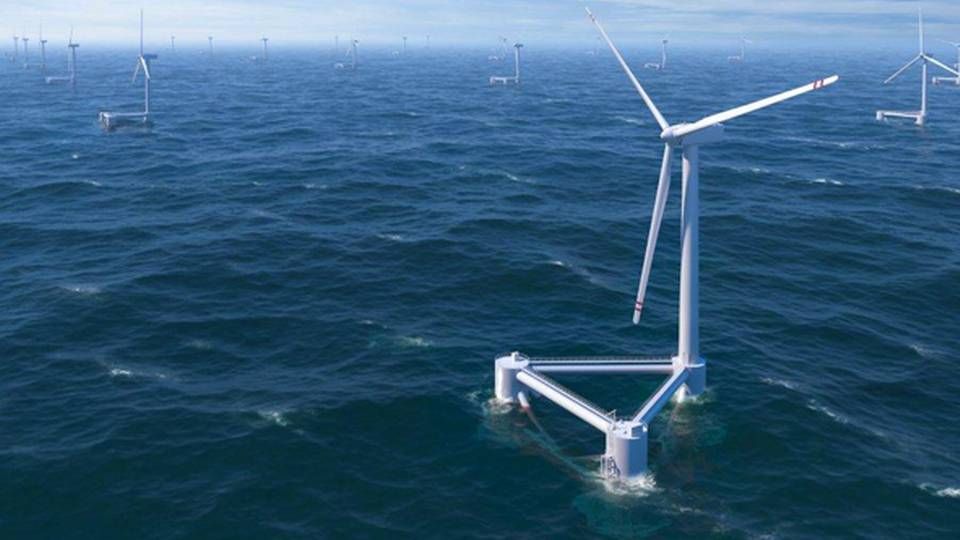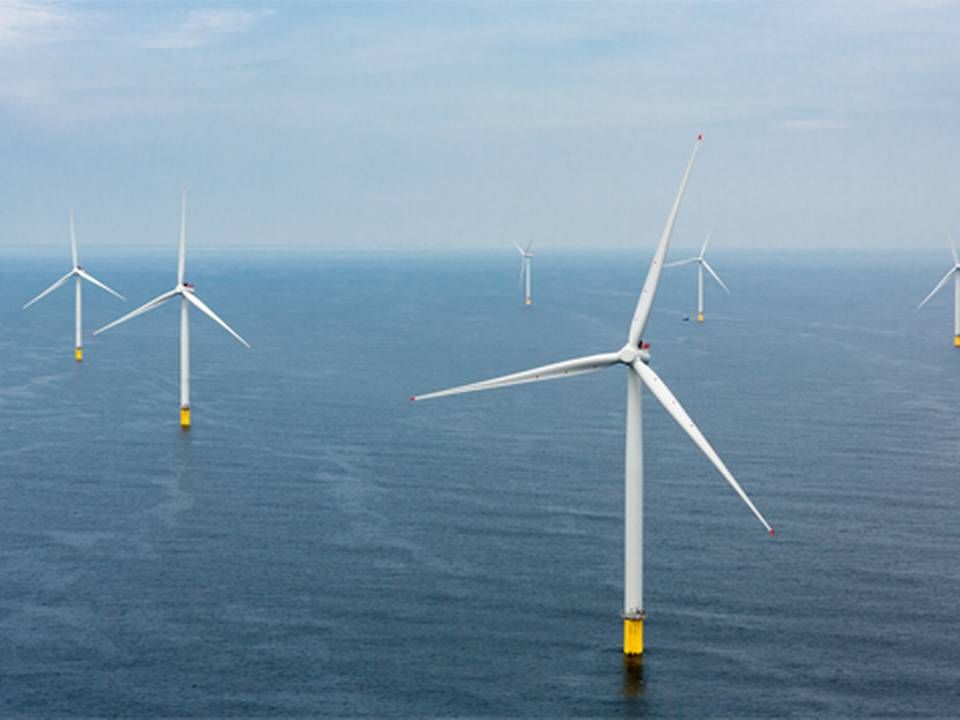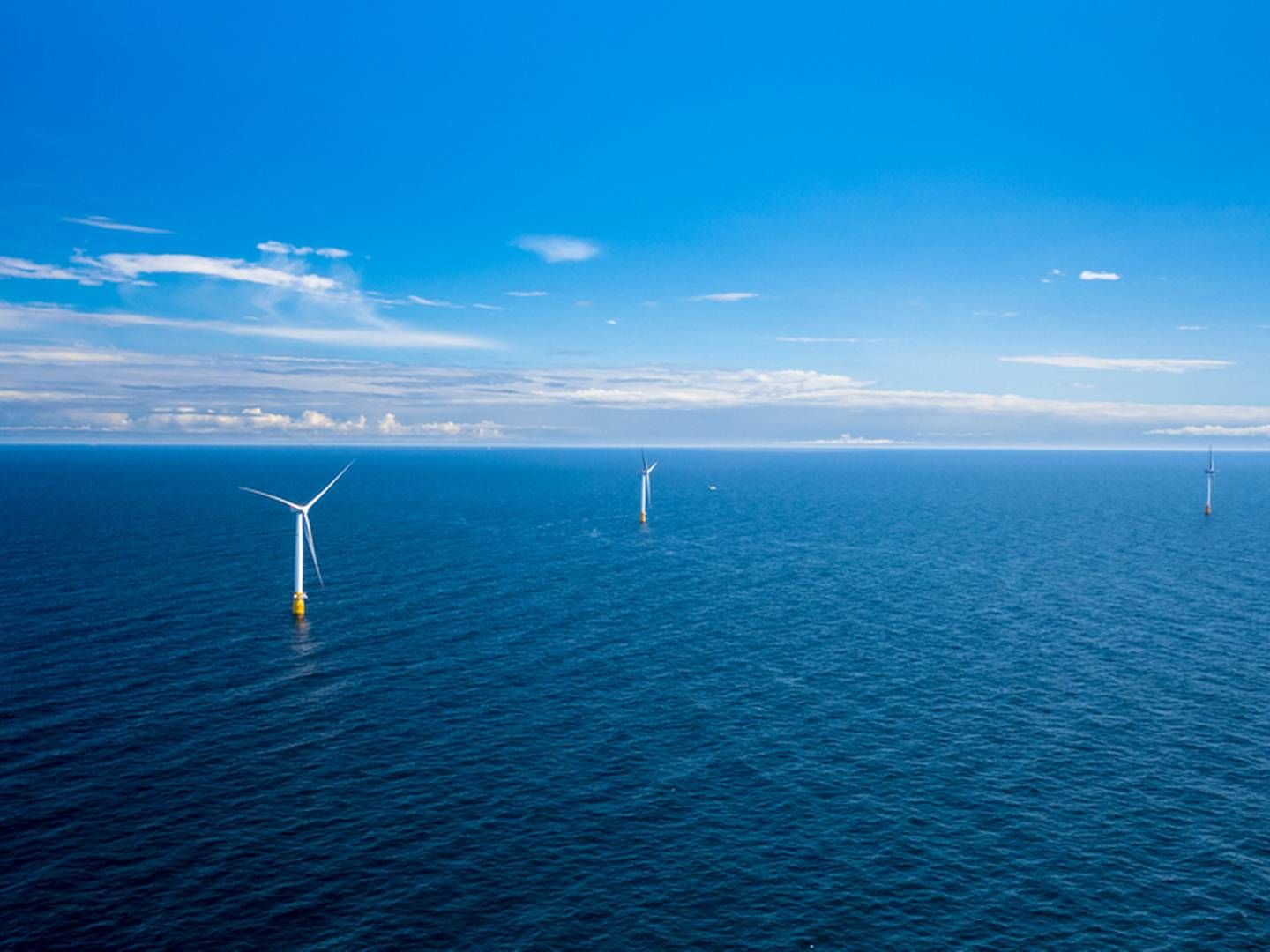Floating wind power seems set for success – but not anytime soon

The offshore wind energy industry has been growing rapidly in recent years, and several large wind developers and energy companies have started to see potential opportunities for deploying the technology, which could accelerate growth.
Floating offshore wind is projected to hold significant potential, though development is still in an early phase. The technology is also still considerably more expensive than fixed wind turbines.
Projects using fixed turbines have also undergone a large transformation – particularly in recent years – in which prices and costs have decreased dramatically. This could also happen with floating offshore wind as soon as the technology really begins to be adopted.
"Offshore wind is becoming a huge success. It was expensive at the beginning, but costs and prices have substantially decreased. All indicators point toward offshore wind becoming one of the most important contributors to the energy supply, although it also has its limitations," says former Siemens Wind Power CTO Henrik Stiesdal, who has also developed a floating turbine platform titled Tetraspar, the main purpose of which has been to reduce costs.
"I am very confident that floating offshore wind will become a success. There are, of course, both advantages and challenges. It needs to become industrialized as soon as possible, as costs will thus drop considerably," he adds.
Asia and China can become big markets
Japan, South Korea and the US West Coast – particularly California – are expected to become some of the largest markets for floating offshore wind. Italy, Portugal, Spain, Ireland and China are also likely hosts for large installations of floating offshore wind energy.
Each of these countries either have the common feature of abysmal sea depths close to shore or an unsuitable seabed. Thus, familiar fixed-foundation wind farms are either impossible or too expensive to construct.
If the market can gain footing, there will be a big future in store for floating offshore wind, projects senior equity analyst Morten Imsgaard from Danish bank Sydbank who follows sectors including the offshore wind energy industry.
"Assuming the industry gets going, the potential is enormous. There is so much space at favorable sites for floating offshore wind. That opens the market and enables offshore wind to gain a far more substantial role in the global energy mix – if the price of floating platforms can become competitive," he says.
"The primary challenge is to reduce the price and make it competitive. If that happens, floating offshore wind could end up being the most viable solution," says Imsgaard.
Cost reductions are decisive
Søren Lassen, offshore wind analyst at Wood Mackenzie, also estimates that cost reduction is one a crucial decisive parameter for the success of the technology.
A portion of the ongoing cost reductions within fixed-foundation wind farms can be directly transferred to the floating variety, however, another large portion will have to be developed independently. For that reason, Lassen describes it as a "double-edged sword".
"Therefore, it can be difficult for floating offshore wind to surpass fixed foundations at sea depths under 60 meters. The technology will bolster commercialization at greater depths, down to which fixed foundations cannot reach anyway," says Lassen.
The whole industry will have to work on lowering costs, but foundation manufacturers are particularly central actors within floating offshore wind, Lassen evaluates.
"There has been a change in the industry in recent years; at present, it is not merely about making a platform that can float, but also one that can compete with other forms of energy," he says.
Expansion lower costs
Henrik Stiesdal is confident that cost reductions will occur in line with the market's expansion and when the technology is no longer primarily used for pilot projects but also starts to be deployed in commercial floating offshore wind farms – but that is still on the more distant horizon.
"Larger volumes, industrialization and standardization of the technology will make a big impact, and competition is also important. It must be easy to produce, and supportive technologies must also develop along those lines. However, cost reductions can primarily be achieved within turbine platforms," he says.
"It took 20 years for standard offshore wind to become competitive. Back then, it was important to make gains within turbine technology, which is not so much the case with floating wind. The technology exists today, but it will take a number of years before floating wind becomes a big thing. Although I do expect that the market will see a steep growth curve in 2025," says Stiesdal.
Bigger players now also showing interest
The first floating offshore wind turbine prototype was installed in 2008, and several pilot and test projects have since been launched. In the past, it was primarily smaller developers that became involved with the technology – with the exception of Equinor, formerly called Statoil.
The Norwegian oil major owns and operates the world's first floating offshore wind farm with a modest capacity rating of 320 MW. For comparison, Ørsted inaugurated an offshore wind farm in UK waters with a capacity almost 20 times that of Equinor's project.
Other major players have recently started to show interest in the technology, and international outfits such as Shell, Innogy and ENWB have expressed interest in pursuing the development. Danish renewable energy developer Copenhagen Infrastructure Partners (CIP) has also entered a partnership to develop floating offshore wind in the US.
CIP chooses floating offshore wind farm partner for US project
Requires capital and experience
Larger and even more experienced developers and companies will be needed in order to really make floating offshore wind a success, explains Lassen, adding:
"Floating offshore wind is a very powerful vision, but we are still in a very early stage. We are seeing more and larger companies getting seriously involved. That can accelerate growth, but it will require capital and experience to realize the vision."
"It is important that some of the larger and experienced companies also start getting involved as project developers – especially when the commercialization phase gets going," says Wood Mackenzie's analyst.
The three wind energy specialists all agree that subsidy levels and commitment from governments and authorities around the world represent crucial factors in terms of getting the technology installed in large volumes.
Companies' interest in developing the market is also dependent on business conditions and subsidy levels in relevant countries.
English Edit: Daniel Frank Christensen
UK study: Huge potential for floating offshore wind
Equinor to make oil rigs more green with power from floating offshore wind
Norway plans two floating offshore wind sites this year
Shells wants a foothold in the US offshore wind market
Related articles
UK study: Huge potential for floating offshore wind
For subscribers

























.jpg&w=384&q=75)